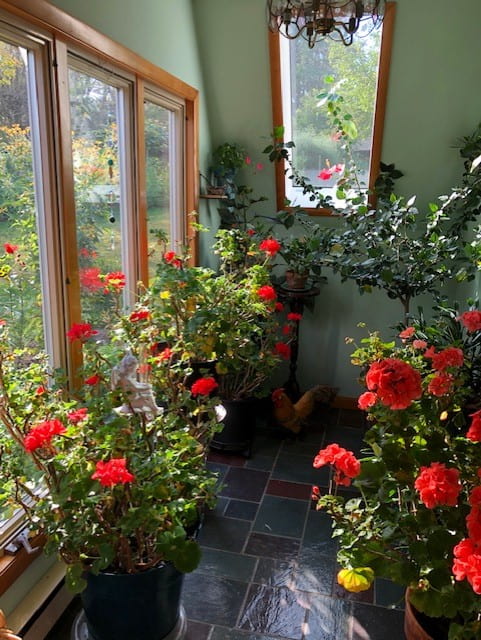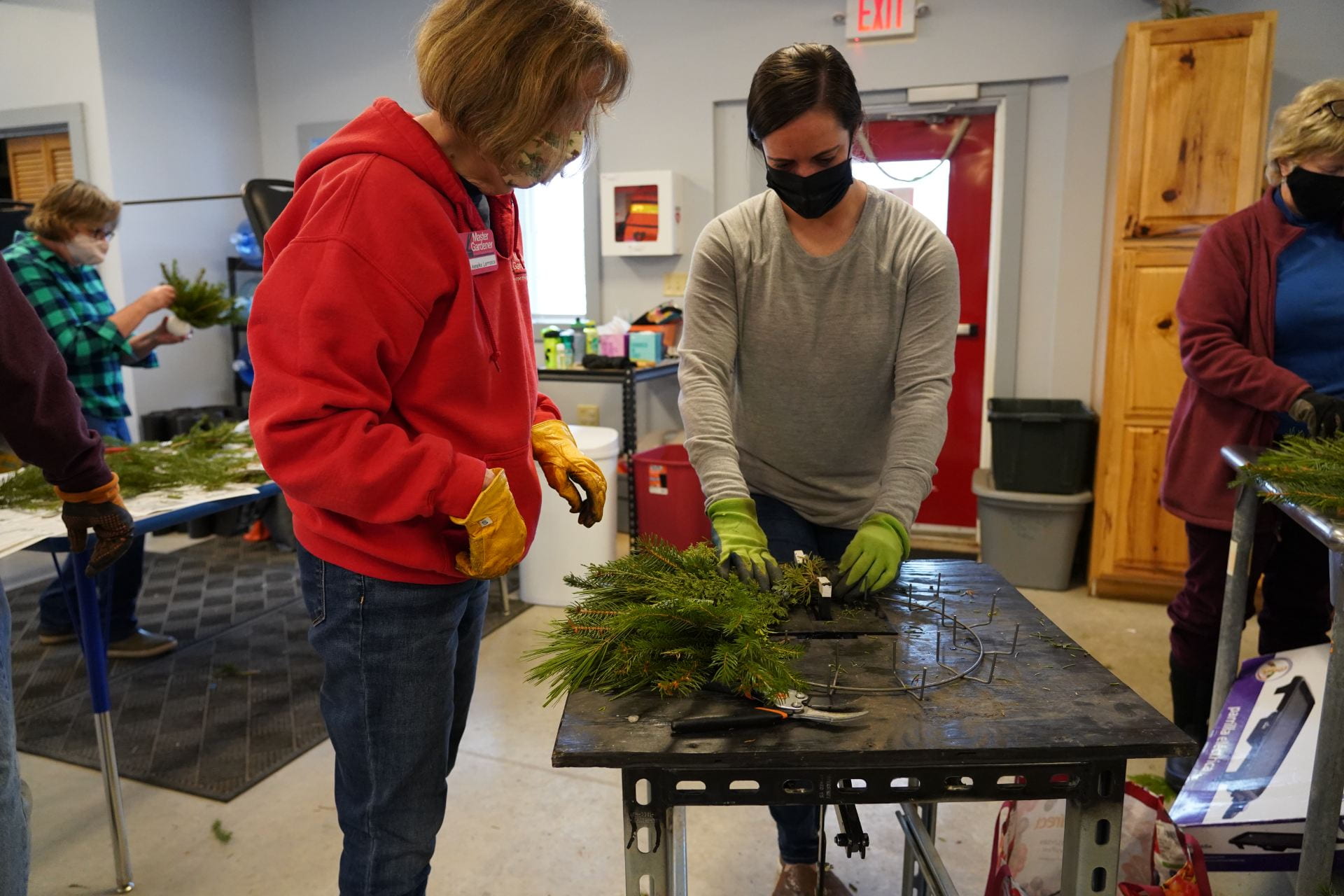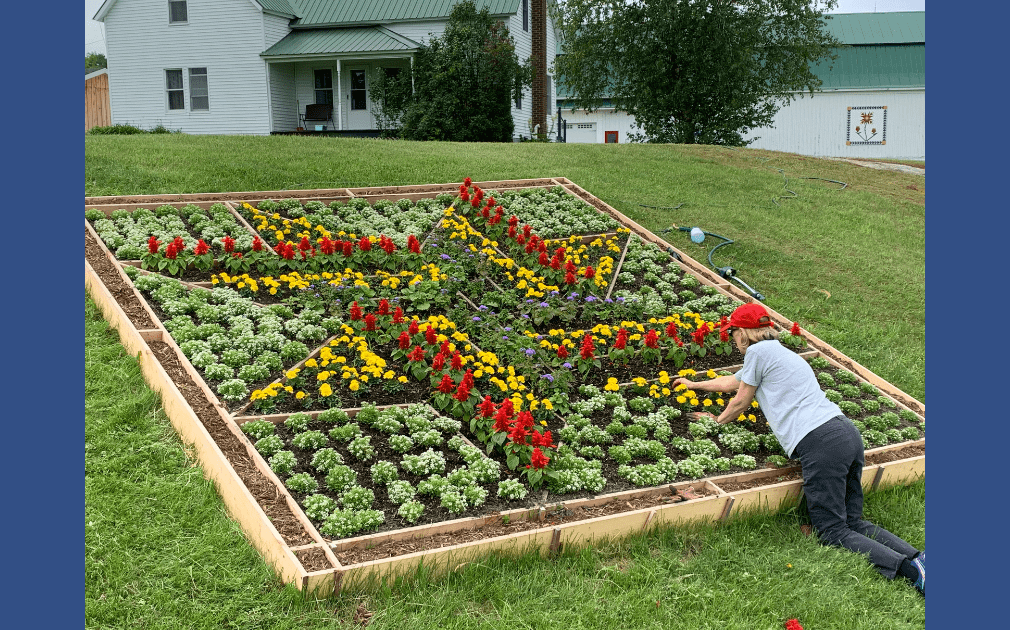With a new cohort of Master Gardener Volunteers beginning to serve their community, we’d like to introduce them (AND YOU!) to the group of MGVs who have sustained this program for the last several years. Meet Anneke Larrance!
Can you remember the moment you decided to become a gardener, or when you realized you had become one?
I was raised on a farm and we grew much of what we ate, so I learned early the miraculous transformation of seed into good things to eat. My mother traded pieces of iris, leaves of African violets, and “starts” of many houseplants, and I learned from those processes too. Weeds and fertilizer were topics of conversation. I didn’t decide to become a gardener, I naturally grew into one.

What benefits do you gain from gardening?
Gardening clears my mind and soothes my soul. It’s also great exercise. I sometimes commune with my free-ranging chickens while I garden and I do my best writing there.
Why did you want to become a Master Gardener Volunteer?
There were so many things that I wanted to learn!
In what ways do you serve as a MGV?
I’ve made presentations, written articles, judged 4H horticulture at the St. Lawrence County fair, weeded at CCE, answered lots of gardening questions, tabled at different events, and led holiday wreath-making. 
My two biggest projects were helping to design, prepare, and then plant the original perennial landscape at CCE. During the pandemic I spearheaded the design, construction, planting, and care of a living quilt on the slope at Cornell Cooperative Extension (see picture above).



